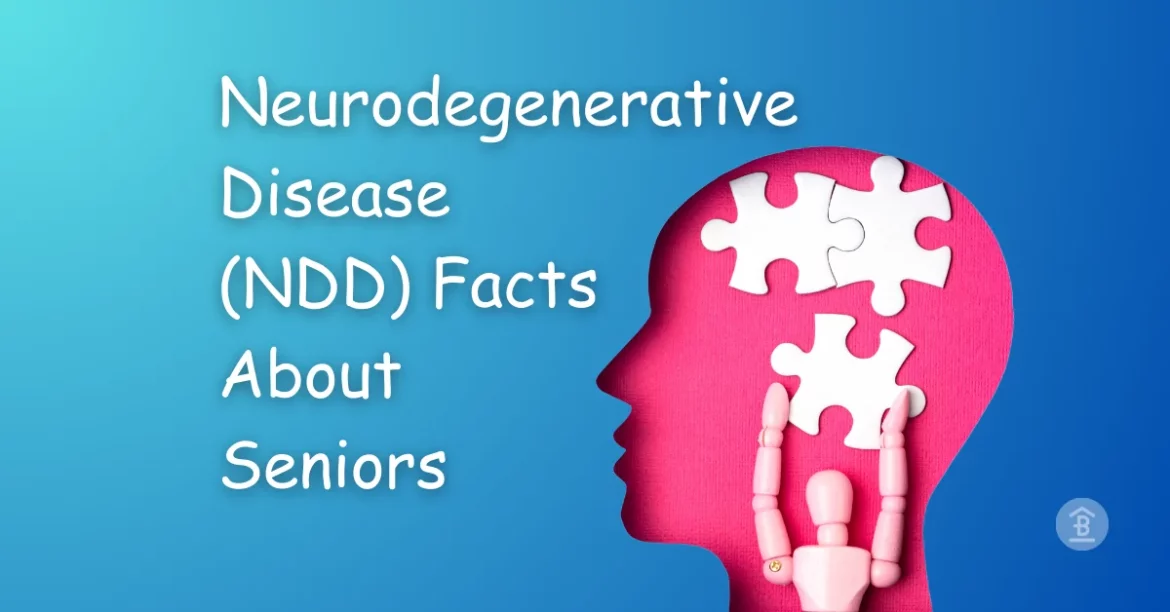If there is a medical condition out there, more elusive than the meaning of life, then it is Alzheimer’s disease. It has been over a century since its founding, and yet not a single cure has been found.
Here are some interesting facts about Alzheimer’s.
10 Interesting facts about Alzheimer’s
There are many things about Alzheimer’s disease that we think we know but actually do not. So let us take a look at some interesting facts regarding the condition.
Women are more likely to get Alzheimer’s than men.
Though it is not set in stone, the chances of women getting Alzheimer’s more than men are very likely, well at last, according to a study by the Department of Health & Human Services. More than men, almost double the number of women are likely to get Alzheimer’s. In addition, some studies suggest that women often get a diagnosis at later stages and include other relevant health factors contributing to Alzheimer’s disease progressing faster.
A person’s sense of smell can be the link.
An interesting fact about Alzheimer’s is that a person in the early stage may lose their sense of smell. Many studies show that the changes in the sense of smell may be early signs of mild cognitive impairment to Alzheimer’s. At the same time, other causes like Parkinson’s disease, brain injury, and sinus infection may also affect the ability to smell.
Increase in Alzheimer’s disease
Alzheimer’s Orange County states that the number of Americans who have Alzheimer’s disease will rise each year because the U.S. population’s size and proportion of age 65 and older increases continuously. As a result, the estimated number of people affected with Alzheimer’s and other dementias will be 7.1 million by 2025, a more than 40% increase from 2015. In 2050, it will almost triple, with a projected number of 13.8 million.
Most people do not know if they have Alzheimer’s
There are about 5.4 million Americans who are affected with Alzheimer’s, and almost more than half of that population does not know that they have the disease. This fact about Alzheimer’s is debatable because many cases remain undiagnosed, with many challenges in detecting Alzheimer’s in the early stage.
Family members & caregivers provide the most support
Approximately 83% of support and care provided to older adults are from family members, close friends, and unpaid caregivers, according to the Alzheimer’s Association. It is also shown that nearly half of all caregivers support older adults living with Alzheimer’s disease or other types of dementia.
Caregivers are primarily women in the industry.
Research shows that one in three caregivers, approximately 30% of the caregivers, are age 65 or older. About two-thirds of caregivers are women, and one-third are daughters of people with dementia. In addition, 66% of the caregivers live with a loved one suffering from dementia.
Education can factor to decrease your probability of getting Alzheimer’s
It is always good to be informed, for yourself, your family, or even friends. More connections between neurons are created when you learn new things, making the brain more resistant to getting worse. Activities like taking classes, playing musical instruments, learning new languages, and participating in group activities increase social contact.
Alzheimer’s does not always affect emotional memories.
Alzheimer’s disease is most commonly known for causing impaired memory, but it is not always the case. Memory loss is a frequent symptom, but it does not affect in the same way in every individual. Alzheimer’s disease is the quick decline of brain cells that affects cognitive functions such as thinking, judgment, behavior, personality, and memory. Some cases may be different as studies are still being conducted into the disease.
Brain and memory decline is a gradual process.
Alois Alzheimer, a German doctor, first discovered Alzheimer’s disease in 1906. Auguste D., the patient, was described by the doctor as having loss of loss and difficulties with cognitive functions. When the deceased patient’s autopsy was taken, it was found by Dr. Alzheimer that parts of the patient’s brain were shrunken.
Alzheimer’s disease impacts the brain structure.
Alzheimer’s disease alters the structure of the brain. For example, some studies show how Alzheimer’s can cause ventricles in the brain to increase due to the shrinkage of other parts, such as the cerebral cortex. Over time, these gradual changes can lead to difficulty in sensing movement, such as pointing or gazing toward an object. It also changes how the pupils react to light.
Final thoughts
We at BoomersHub feel that you should be well informed about every interesting fact about Alzheimer’s disease, as it can help you better be a thoughtful friend, a caregiver, or a well-equipped family member of your dear ones.
FAQs
What is Alzheimer’s disease?
Alzheimer’s disease is the most common form of dementia. This disease damages nerve cells in the brain. It is a progressive disease that starts with mild memory loss and possibly causes loss of the ability to carry on a conversation and respond to the environment.
When was it discovered?
Alzheimer’s disease was first discovered in 1906 by Alois Alzheimer, a German doctor. Dr. Alzheimer observed changes in the brain tissue of a woman who had died from an uncommon mental illness. Symptoms of the deceased included memory loss, linguistic problems, and erratic behavior.
How does Alzheimer’s disease affect the brain?
Alzheimer’s disease causes damage to the neurons in the brain cell. It results in problems with judgment, language, and thought processes. Ultimately, it affects a person’s ability to function and care for themselves.
What is one interesting fact about Alzheimer’s disease?
Many people are actually unaware of the fact that they may have Alzheimer’s disease. At least 80% of Americans do not know about this condition, which impacts up to 18% of people over the age of 60.
How many years does Alzheimer’s last before death?
In general, people with Alzheimer’s live between 3 to 11 years after diagnosis. However, there have been cases where some have lived till 20 years or even more. There is still research going on regarding Alzheimer’s on the number of years a person can live, as it varies.
What’s a fun fact for the day?
It has been over a century since its discovery, but there is no known cure for Alzheimer’s disease. However, different kinds of medicine available can briefly reduce symptoms.
What causes Alzheimer’s disease?
Alzheimer’s disease is caused by the irregular build-up of proteins in and around the brain cells. One of the proteins is called amyloid (deposits of which form plaques around brain cells), and the other protein is called tau (deposits of which form tangles within brain cells).
What is interesting about Alzheimer’s disease?
It happens when the brain cells responsible for memory and relevant functions start to die. What makes this an intriguing case is there are no know causes of Alzheimer’s disease.
Is Alzheimer’s unique to humans?
Over the last few years, studies have shown that Alzheimer’s is not unique to only humans, as animals like lemurs, apes, monkeys, and even dogs are susceptible to experiencing Alzheimer’s or similar mental conditions.
What famous person has Alzheimer’s disease?
Ronald Reagan, one of the former Presidents of the United States, is possibly the most well-known person with Alzheimer’s disease. He was 84 when he was diagnosed in 1994. However, it has been said that the former president actually had Alzheimer’s while he was in office.
What’s another word for Alzheimer’s?
While the terms “Alzheimer’s disease” and “dementia” are often used interchangeably, it’s essential to know the difference between the two. Dementia is not one specific disease. Instead, it’s an umbrella term for a set of symptoms caused by physical disorders affecting the brain.

